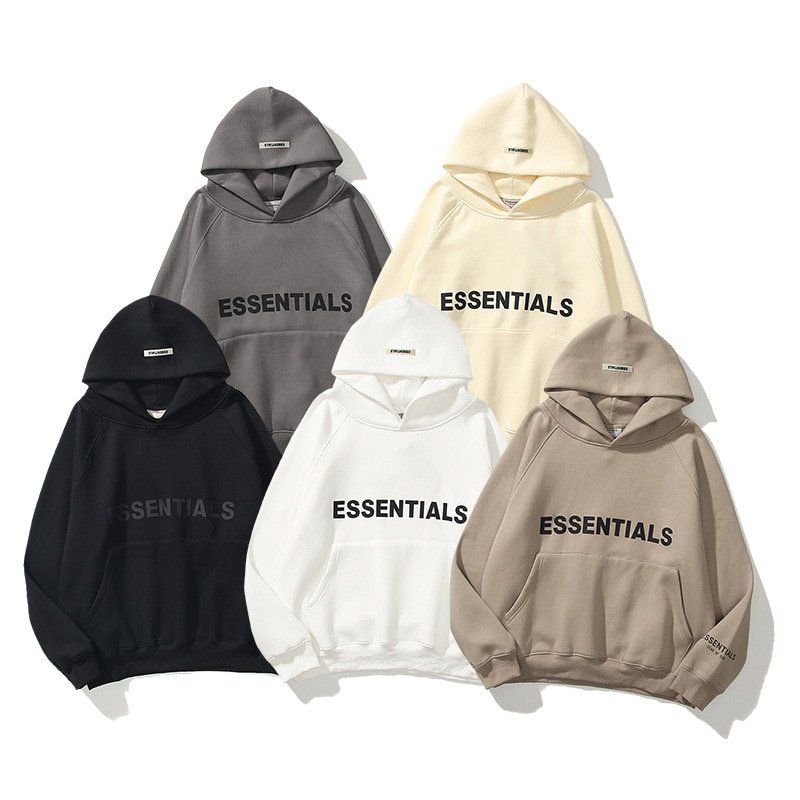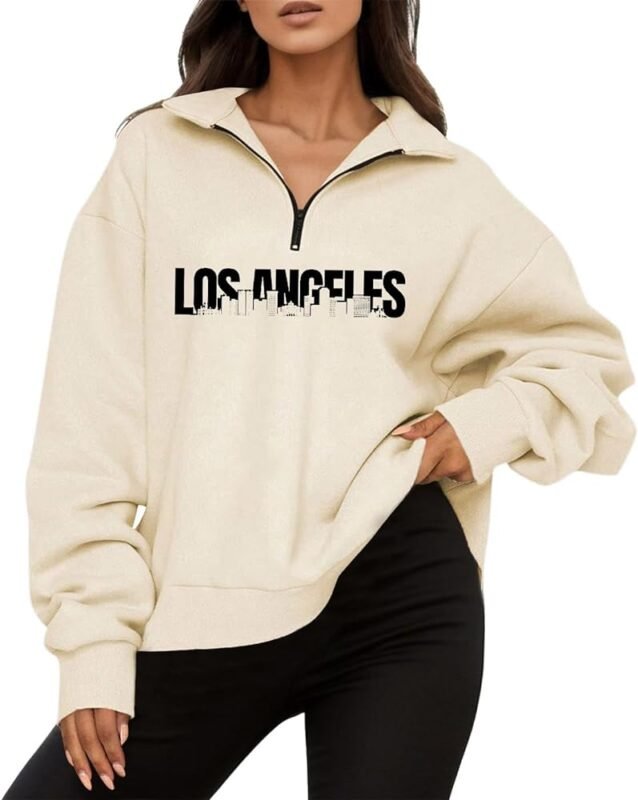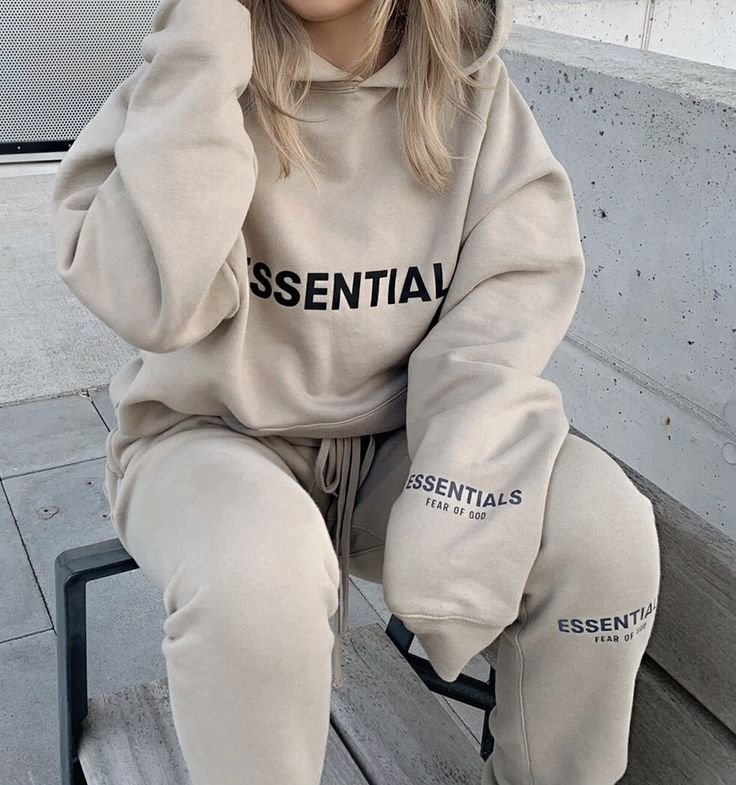Introduction: Understanding the High Cost of Essential Clothing
In today’s fashion industry, the cost of Essential clothing often surprises consumers. Why is it that basic items carry such hefty price tags? Let’s explore the factors contributing to these high costs.
Quality Materials and Craftsmanship
One primary reason for the high cost of Essential clothing is the use of quality materials. Premium fabrics, such as organic cotton, silk, and wool, are more expensive than synthetic alternatives. Additionally, these materials often require special care and handling, adding to their overall cost.
Moreover, skilled craftsmanship plays a crucial role. High-quality clothing is often handmade or produced in small batches, ensuring attention to detail and durability. This meticulous process increases production costs, which are passed on to the consumer.
Sustainable and Ethical Practices
Sustainable and ethical practices are becoming increasingly important in the fashion industry. Brands that prioritize eco-friendly materials and fair labor practices often have higher production costs. For instance, using recycled fabrics or implementing water-saving technologies can be expensive. Ensuring fair wages and safe working conditions for workers also adds to the cost.
Consumers today are more conscious of the impact of their purchases. Many are willing to pay a premium for clothing that aligns with their values, supporting brands that prioritize sustainability and ethical practices.
Marketing and Brand Positioning
Marketing and brand positioning significantly influence the price of essential clothing. High-end brands invest heavily in marketing to build a prestigious image. This includes advertising campaigns, endorsements, and maintaining a presence in luxury retail spaces.
These efforts create a perception of exclusivity and quality, allowing brands to charge higher prices. Consumers often associate higher costs with better quality, further driving the demand for expensive essential clothing.
Economies of Scale
Large-scale production can reduce costs through economies of scale. However, many essential clothing brands operate on a smaller scale to maintain quality and exclusivity. Smaller production runs mean higher costs per item, as the fixed costs are spread over fewer units.
Additionally, niche markets and specialized products often cater to a smaller audience. This limited demand means brands cannot benefit from the cost savings that come with mass production, resulting in higher prices for consumers.
Research and Development
Innovation in the fashion industry requires significant investment in research and development (R&D). Brands constantly strive to improve fabric technology, fit, and comfort. These advancements often come at a high cost, which is reflected in the price of essential clothing.
For example, moisture-wicking fabrics, temperature-regulating materials, and enhanced durability are all results of extensive R&D. Consumers benefit from these innovations but must pay a premium for the advanced features and improved performance.
Who started Fear of God?
The Genesis of Fear of God
Fear of God, a name synonymous with contemporary streetwear, was founded by Jerry Lorenzo. This Los Angeles-based designer launched the brand in 2013. With a keen eye for detail and an innovative approach to fashion, Lorenzo quickly made his mark in the industry.
Jerry Lorenzo: The Creative Force
Jerry Lorenzo Manuel, better known as Jerry Lorenzo, is the mastermind behind Fear of God. Born in Sacramento, California, in 1977, Lorenzo’s journey to fashion was unconventional. Before delving into design, he pursued a career in sports management. His unique background contributes to his distinct perspective on fashion.
Influences and Inspirations
Lorenzo’s designs are heavily influenced by his Christian faith and the subcultures he grew up with. He seamlessly blends high fashion with streetwear, creating pieces that resonate with a wide audience. His father, Jerry Manuel, a former MLB manager, and his strong religious upbringing play significant roles in shaping his vision.
Rise to Prominence
Fear of God gained rapid popularity through its unique aesthetics and high-profile collaborations. Early on, celebrities like Kanye West and Justin Bieber donned Lorenzo’s creations, propelling the brand into the spotlight. These endorsements helped Fear of God establish itself as a powerhouse in the fashion world.
Iconic Collections and Collaborations
One of Fear of God’s most notable collections is the “Essentials” line, which focuses on high-quality basics. This line exemplifies Lorenzo’s philosophy of creating timeless, versatile pieces. Additionally, Fear of God has collaborated with renowned brands like Nike, Vans, and Ermenegildo Zegna, further cementing its status in the industry.
The Fear of God Aesthetic
Lorenzo’s designs are characterized by their minimalist yet luxurious appeal. He often uses neutral palettes, oversized silhouettes, and high-quality materials. This approach has resonated with fashion enthusiasts and celebrities alike, making Fear of God a staple in modern wardrobes.
Impact on Fashion and Culture
Fear of God’s influence extends beyond fashion; it has significantly impacted popular culture. Lorenzo’s commitment to authenticity and his ability to merge different styles have inspired a new generation of designers. His work challenges traditional fashion norms, encouraging creativity and individuality.
Looking Ahead: The Future of Fear of God
As Fear of God continues to evolve, Jerry Lorenzo remains at the forefront, pushing boundaries and redefining fashion. The brand’s future looks promising, with new collections and collaborations on the horizon. Lorenzo’s unwavering dedication to his craft ensures that Fear of God will remain a pivotal force in the fashion industry.
Conclusion
Jerry Lorenzo’s Fear of God is more than just a fashion brand; it is a testament to innovative design and cultural relevance. Through his visionary approach, Lorenzo has created a label that transcends trends and resonates with a global audience. Fear of God stands as a beacon of modern luxury, continually shaping the future of fashion.













